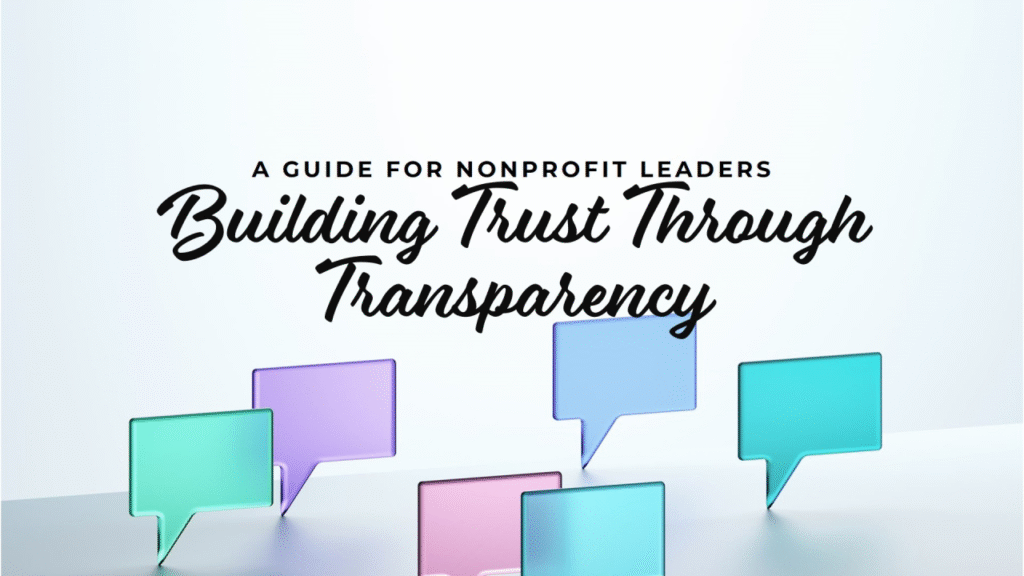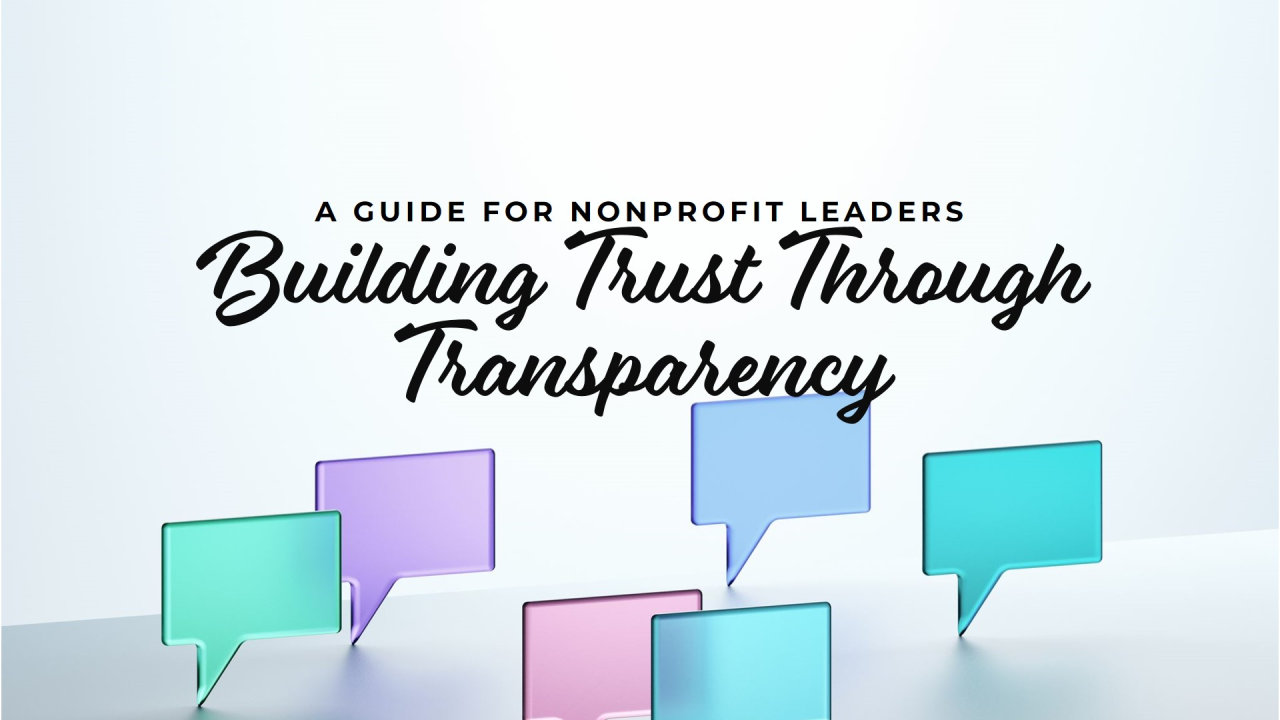
In the world of nonprofits and community-driven initiatives, trust is currency. Donors—whether individuals, foundations, or institutions—are more likely to give, give again, and advocate for your cause when they feel confident their money is being used wisely. The two most powerful tools for building this trust are transparency and impact metrics.
This article explores how nonprofits, charities, and grassroots projects can gain and retain donor trust by being open about operations, showcasing measurable results, and creating a culture of accountability and honesty.
Overview Table: Elements of Donor Trust-Building
| Trust-Building Element | Why It Matters |
|---|---|
| Financial Transparency | Shows donors how funds are used and builds fiscal responsibility |
| Impact Metrics | Demonstrates that donations produce real, quantifiable outcomes |
| Open Communication | Keeps donors updated, engaged, and emotionally connected |
| Third-Party Verification | Independent audits or certifications boost credibility |
| Donor Recognition | Shows gratitude and builds long-term relationships |
| Responsive Feedback | Opens a channel for suggestions and questions from supporters |
1. Start with Financial Transparency
Donors want to know where their money goes. Being transparent about your finances does not mean overwhelming your audience with spreadsheets—it means clear, accessible breakdowns of how donations are allocated.
Best Practices:
- Publish annual reports summarizing revenue, expenses, and project allocation.
- Share simple infographics on your website or social media (e.g., “80% goes to programs, 15% to admin, 5% to fundraising”).
- List top donors, project costs, and future budget needs.
Tip:
Make your reports visually engaging and free of jargon to encourage more readers and trust.
2. Use Impact Metrics to Prove Change
Numbers tell stories. By showing donors the measurable outcomes of your programs, you not only validate their support—you empower them to see themselves as part of the solution.
| Type of Metric | Example |
|---|---|
| Output Metrics | 5,000 meals served, 800 girls enrolled, 12 wells built |
| Outcome Metrics | 90% literacy improvement, 60% income increase post-training |
| Social Return on Investment (SROI) | ₹10 impact for every ₹1 donated |
| Progress Indicators | Completion of project milestones (25%, 50%, 75%, 100%) |
Combine quantitative data with qualitative stories from beneficiaries for the most compelling results.
3. Maintain Consistent and Honest Communication
Transparency isn’t a one-time report—it’s a continuous conversation. Regular, honest communication creates emotional investment and credibility.
How to Stay Engaged:
- Send monthly or quarterly newsletters with updates, stories, and milestones.
- Share behind-the-scenes posts: fieldwork, team efforts, success/failure.
- Admit challenges openly (e.g., delays, budget overruns) and explain the steps being taken.
Example:
“We faced setbacks due to monsoon flooding, but the new delivery plan ensures we meet our October target. Thank you for standing by us.”
4. Embrace Third-Party Verification and Standards
External validation goes a long way in establishing donor confidence, especially among corporate and international donors.
Methods for Verification:
- Hire independent auditors for financial statements.
- Get certified by organizations like GiveIndia, Charity Navigator, or Guidestar.
- Submit to local regulatory bodies and publicly share compliance certificates.
Bonus Benefit:
It opens doors to new funding partnerships and institutional grants.
5. Recognize and Involve Donors
Donors feel valued when their contribution is acknowledged. Personal recognition builds emotional connection and long-term support.
Ways to Recognize:
- Create a donor wall on your website or project site.
- Send handwritten thank-you notes or personalized video messages.
- Feature donor testimonials or interviews in newsletters.
- Offer invitations to field visits or special events.
When donors feel like collaborators rather than ATM machines, they are more likely to continue giving.
6. Invite Feedback and Encourage Two-Way Dialogue
Trust also means being open to critique and learning. Donors appreciate when their voice matters.
Suggestions:
- Include short feedback forms in emails.
- Allow anonymous suggestions through your website.
- Respond quickly and respectfully to donor queries or concerns.
- Ask for donor opinions before launching new projects or initiatives.
Tip:
Let donors co-create impact by including their ideas in your strategy—crowdsourced innovation strengthens trust.
Example Table: Trust Building in Action
| Action Taken | Impact on Donor Trust |
|---|---|
| Published annual financial report | Increased repeat donations by 30% |
| Sent monthly impact email | Boosted open rates and donor retention |
| Highlighted donor stories on social | Fostered emotional engagement and donor pride |
| Hosted an open Zoom Q&A | Built transparency and personal connections |
| Shared real-time project photos | Validated credibility and work-in-progress status |
3 Best One-Line FAQs
1. How does transparency improve donor retention?
Transparency builds credibility, which makes donors feel secure and valued—leading to repeat giving.
2. What are impact metrics, and why do they matter?
Impact metrics are measurable results from your project that show donors their money made a difference.
3. How can small organizations build donor trust?
Even with limited resources, regular updates, clear budget use, and honest storytelling go a long way.
Conclusion
In today’s data-rich world, donors expect more than passion—they expect proof. Building trust requires more than just asking for money. It involves showing how every rupee, dollar, or euro is making a difference and inviting supporters into your journey. Through transparency, impact metrics, and open communication, nonprofits can not only win donations—but earn lasting, loyal advocates for their cause.

